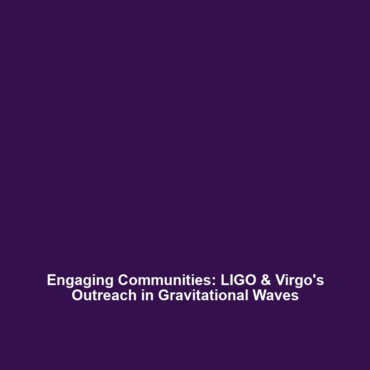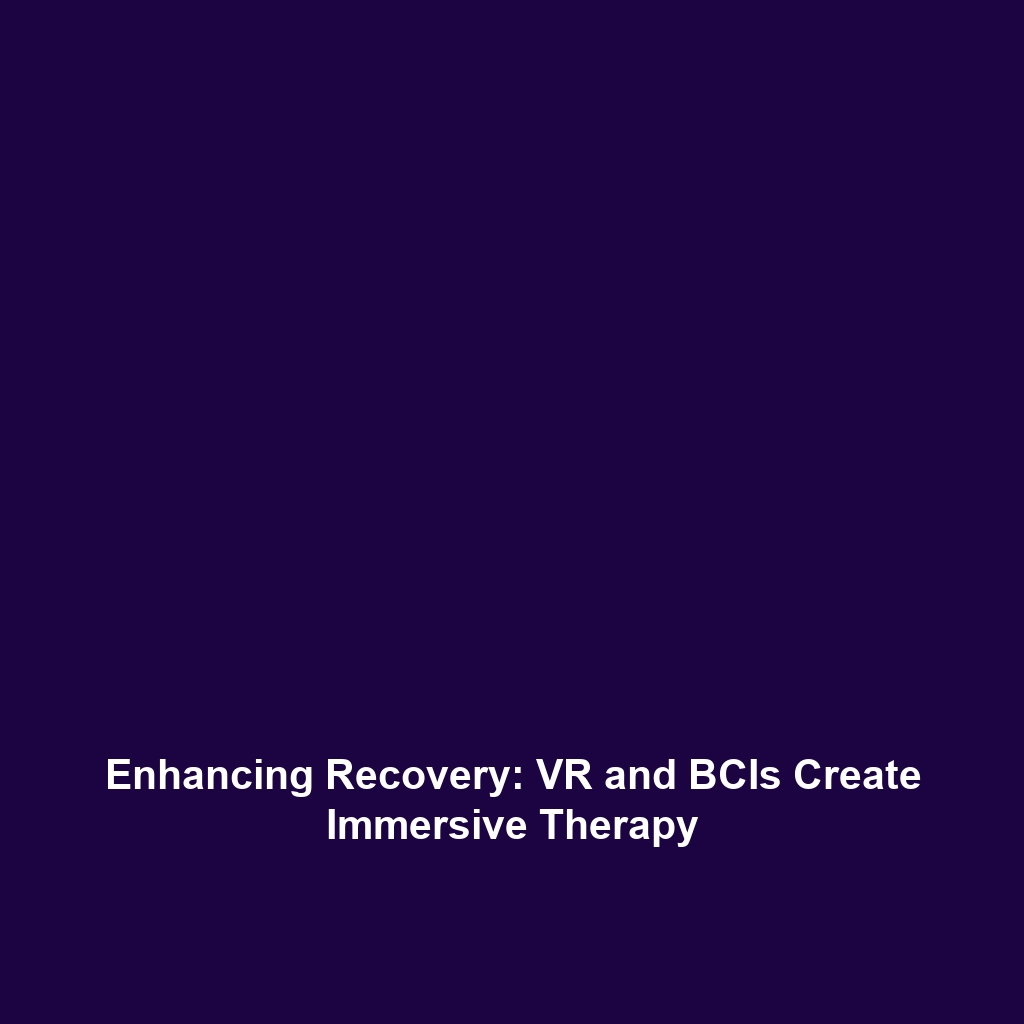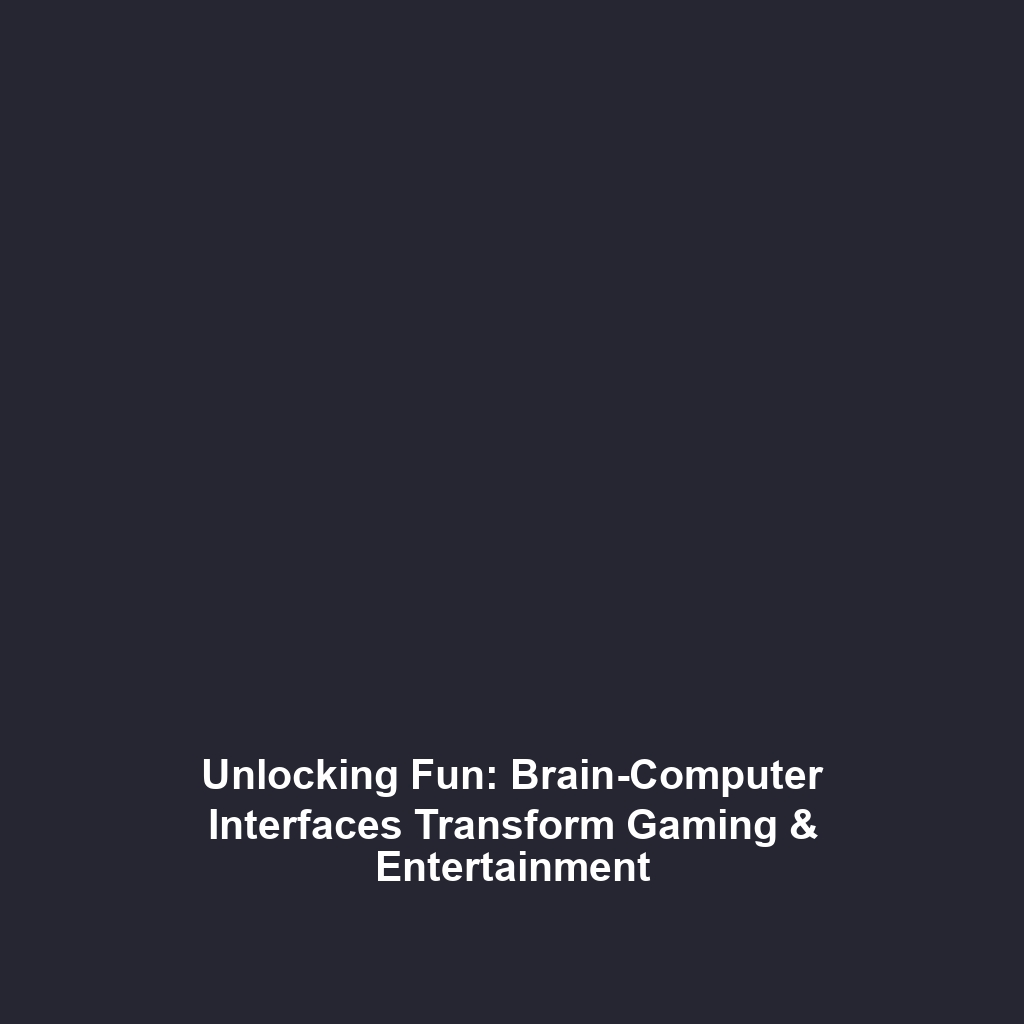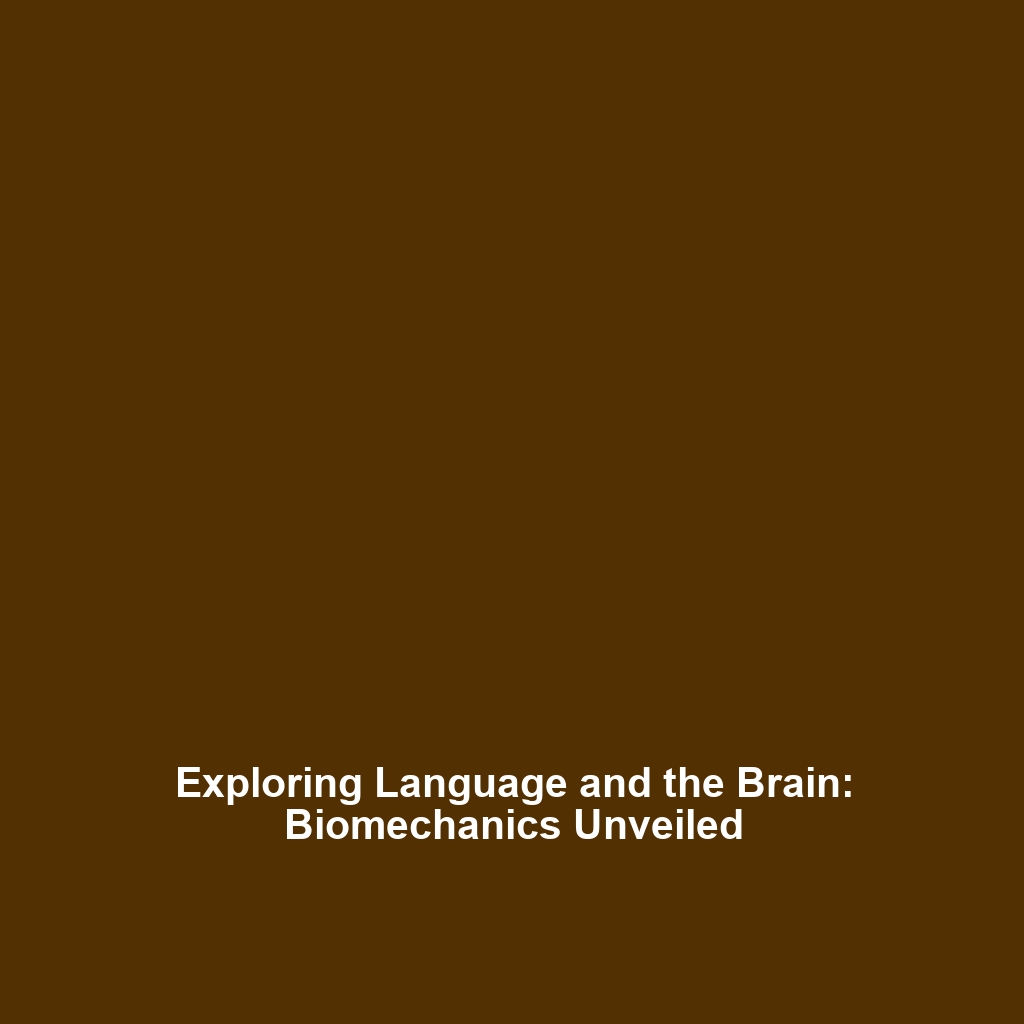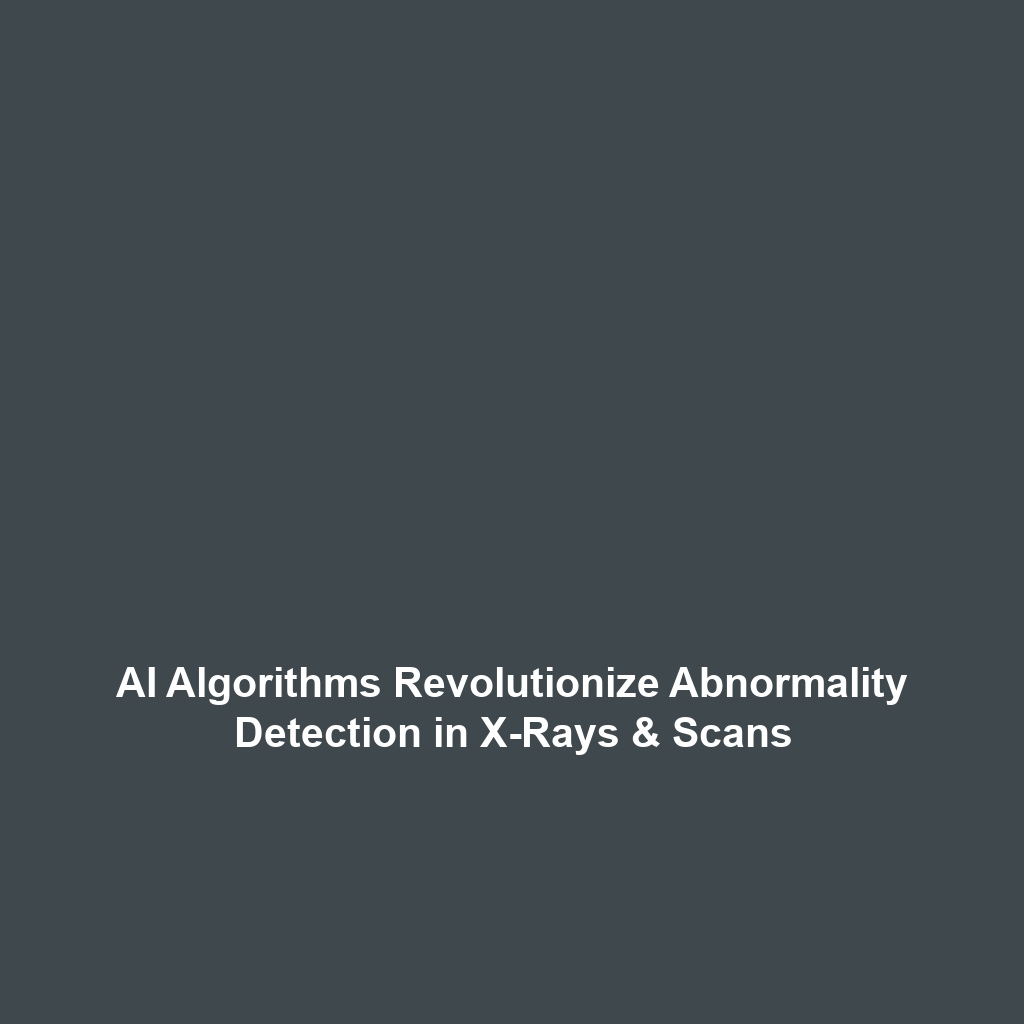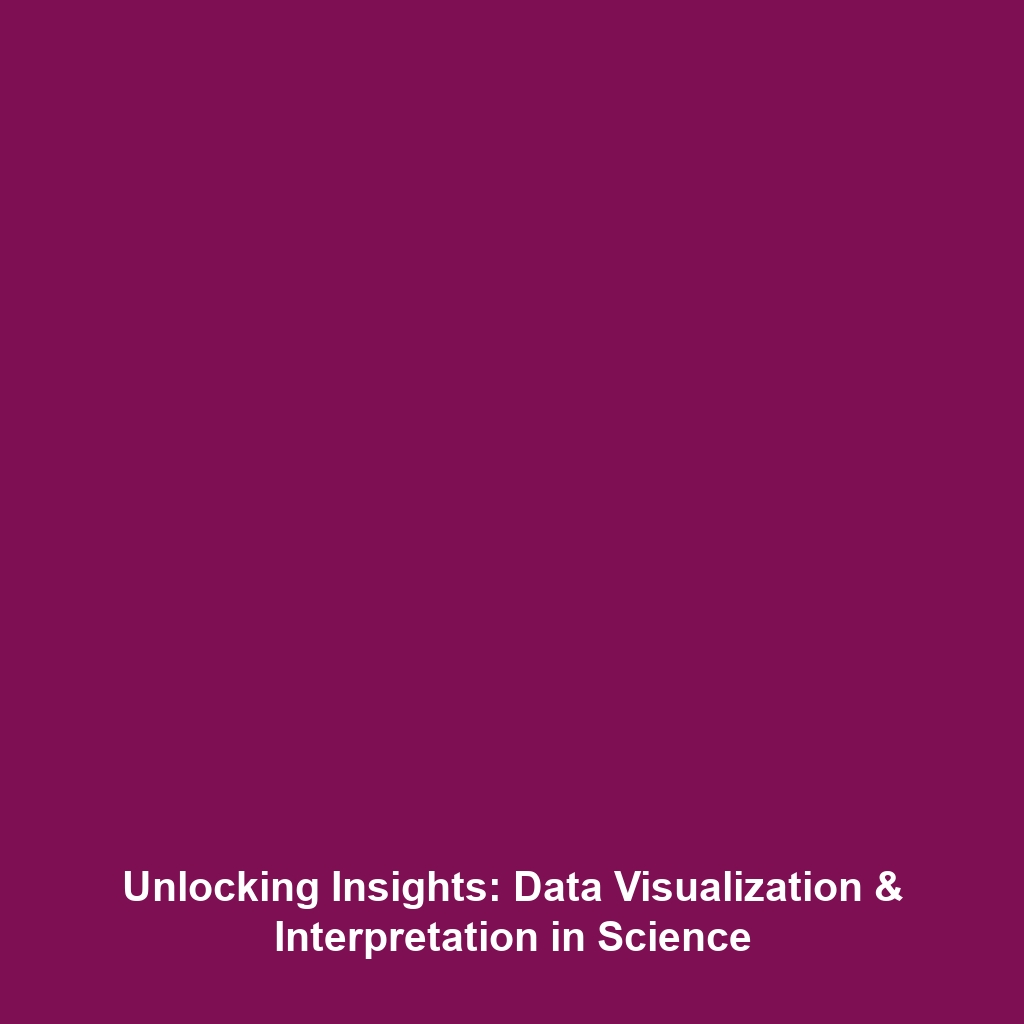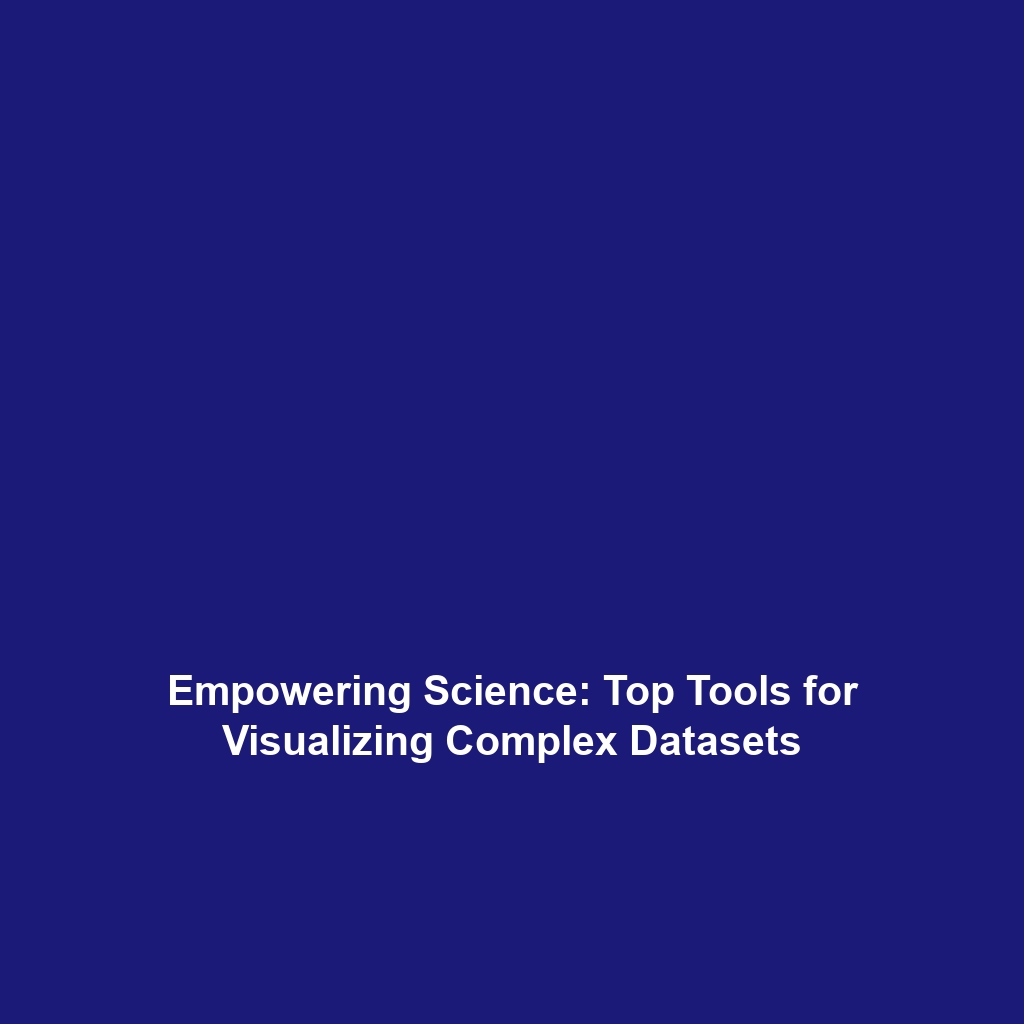Outreach by LIGO and Virgo: How Scientists Engage with Schools and the Public
Introduction
Outreach by LIGO (Laser Interferometer Gravitational-Wave Observatory) and Virgo represents a pivotal effort in educating the public and inspiring future generations in the field of physics, specifically in the study of gravitational waves. These ripples in spacetime, first directly detected in 2015, opened a new window into understanding the universe. Through various outreach programs, scientists are not only disseminating knowledge but also fostering a sense of community and curiosity among students and the general public. This engagement is critical in promoting scientific literacy and encouraging young minds to pursue careers in STEM fields.
Key Concepts
Outreach initiatives by LIGO and Virgo encompass several key concepts:
- Public Engagement: Activities designed to make complex scientific concepts accessible and relatable.
- Educational Programs: Collaboration with educational institutions to implement curricula that inspire learning about gravitational waves.
- Community Involvement: Workshops and seminars aimed at creating a dialogue between scientists and the public.
These strategies fit seamlessly into the broader context of gravitational waves, promoting understanding of their discovery, potential implications, and significance within physics.
Applications and Real-World Uses
Engaging with schools and the public has several practical applications:
- Curriculum Development: Incorporating gravitational wave science into school programs enhances science education.
- Public Lectures: Scientists share insights from their research, sparking interest and discussion about cosmic phenomena.
- Interactive Exhibitions: Demonstrations and simulations that visualize gravitational waves’ properties and effects.
The applications of outreach by LIGO and Virgo in the realm of gravitational waves are profound, enriching educational experiences while expanding public knowledge.
Current Challenges
Despite the success of outreach programs, several challenges persist:
- Resource Limitations: Funding constraints can limit outreach activities.
- Public Misunderstanding: The complexity of gravitational waves may lead to misconceptions among the audience.
- Engagement Reach: Reaching diverse communities effectively requires tailored approaches.
Addressing these challenges is critical for maximizing the impact of outreach efforts related to gravitational waves.
Future Research and Innovations
Looking ahead, several innovations are anticipated in outreach programs:
- Enhanced Digital Platforms: Utilizing online resources and social media to reach broader audiences.
- Collaborative Technologies: Developing interactive tools that allow students to explore gravitational waves more deeply.
- Next-Generation Workshops: Hands-on experiences using VR and AR to demonstrate scientific concepts vividly.
Such advancements will bolster the relevance and effectiveness of outreach, making gravitational waves more accessible and engaging for all.
Conclusion
In summary, outreach by LIGO and Virgo plays a crucial role in broadening public understanding of gravitational waves. Through educational initiatives and community engagement, scientists not only share their knowledge but also inspire the next generation of researchers. As we look to the future, expanding these outreach efforts will be essential in fostering a scientifically literate society. For more information on gravitational waves and related topics, consider exploring additional resources and articles linked throughout this piece.
